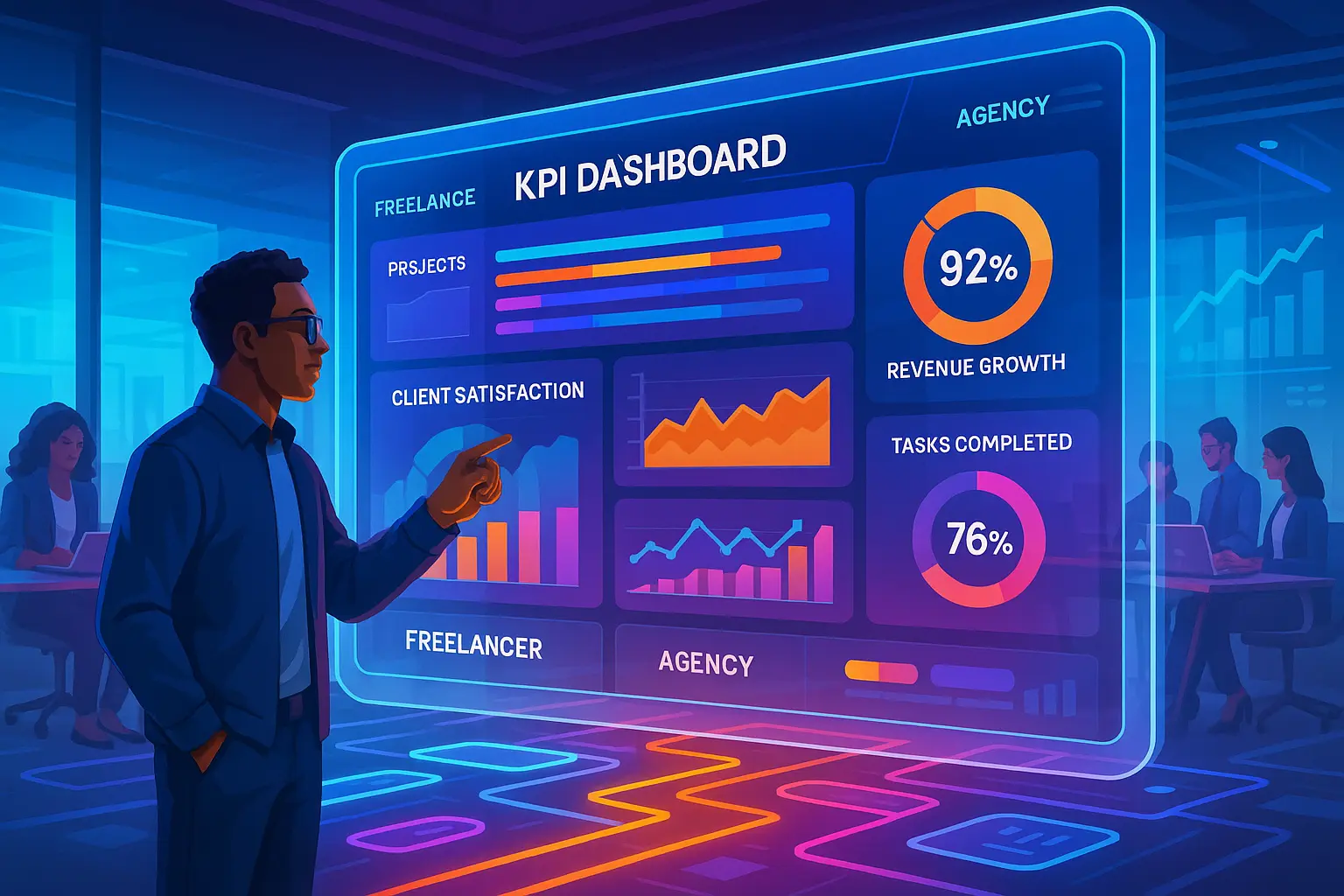
Email Funnel Automation with ConvertKit and Zapier
In the digital age, email marketing remains a powerful tool for businesses to engage with their audience. However, managing email campaigns manually can be time-consuming and prone to errors. This is where email funnel automation comes into play, and tools like ConvertKit and Zapier can make the process seamless and efficient. In this blog post, we will explore how to automate your email funnels using ConvertKit and Zapier, providing real examples and actionable insights.
What is Email Funnel Automation?
Email funnel automation involves setting up a series of automated emails that guide subscribers through a predefined journey. This journey is designed to nurture leads, build relationships, and ultimately convert prospects into customers. By automating this process, businesses can save time, ensure consistency, and improve the overall effectiveness of their email marketing efforts.
Why Use ConvertKit and Zapier?
ConvertKit is a popular email marketing platform known for its simplicity and powerful automation features. It allows users to create targeted email campaigns, segment their audience, and track performance metrics. Zapier, on the other hand, is an automation tool that connects different apps and services, enabling them to work together seamlessly. By integrating ConvertKit with Zapier, you can automate various tasks and create a more efficient email marketing workflow.
Setting Up Your Email Funnel with ConvertKit
Before diving into automation, it’s essential to set up your email funnel in ConvertKit. Here’s a step-by-step guide:
1. Define Your Funnel Stages
Identify the key stages of your email funnel. Common stages include:
- Lead Magnet Delivery
- Welcome Sequence
- Nurture Sequence
- Sales Sequence
- Follow-Up Sequence
Each stage should have a specific goal, such as educating the subscriber, building trust, or encouraging a purchase.
2. Create Email Sequences
In ConvertKit, create email sequences for each stage of your funnel. Customize the content to match the goals of each stage. For example, your welcome sequence might include an introduction to your brand, while your sales sequence could highlight product benefits and include a call-to-action.
3. Segment Your Audience
Use ConvertKit’s tagging and segmentation features to categorize your subscribers based on their behavior and interests. This allows you to send targeted emails that resonate with each segment, increasing the likelihood of conversion.
Automating Your Funnel with Zapier
Once your email funnel is set up in ConvertKit, it’s time to automate the process using Zapier. Here are some practical examples of how you can use Zapier to enhance your email funnel automation:
1. Automate Lead Capture
Use Zapier to connect your lead capture forms with ConvertKit. For instance, if you’re using a form builder like Typeform or Google Forms, you can create a Zap that automatically adds new form submissions to your ConvertKit subscriber list. This ensures that every new lead is immediately entered into your email funnel.
2. Trigger Sequences Based on Subscriber Actions
With Zapier, you can set up triggers that activate specific email sequences based on subscriber actions. For example, if a subscriber clicks a link in one of your emails, you can use Zapier to automatically move them to a different sequence that provides more targeted content.
3. Sync Data Across Platforms
If you’re using multiple platforms to manage your business, Zapier can help keep your data in sync. For example, you can create a Zap that updates your CRM with new subscriber information from ConvertKit, ensuring that your sales team has access to the latest data.
4. Automate Follow-Up Tasks
Zapier can also automate follow-up tasks that are triggered by specific events in your email funnel. For instance, if a subscriber completes a purchase, you can use Zapier to automatically send a thank-you email, add them to a customer segment, and notify your team of the sale.
Best Practices for Email Funnel Automation
To maximize the effectiveness of your automated email funnels, consider the following best practices:
- Personalize Your Emails: Use subscriber data to personalize your emails, making them more relevant and engaging.
- Test and Optimize: Regularly test different elements of your email sequences, such as subject lines and call-to-actions, to identify what works best.
- Monitor Performance: Use ConvertKit’s analytics to track the performance of your email funnels and make data-driven decisions.
- Keep Your Audience in Mind: Always focus on providing value to your subscribers and addressing their needs and pain points.
Conclusion
Email funnel automation with ConvertKit and Zapier can transform your email marketing strategy, making it more efficient and effective. By setting up automated workflows, you can nurture leads, build relationships, and drive conversions with minimal effort. Start by defining your funnel stages, creating targeted email sequences, and leveraging Zapier to automate tasks and enhance your workflow. With the right approach, you can unlock the full potential of email marketing and achieve your business goals.